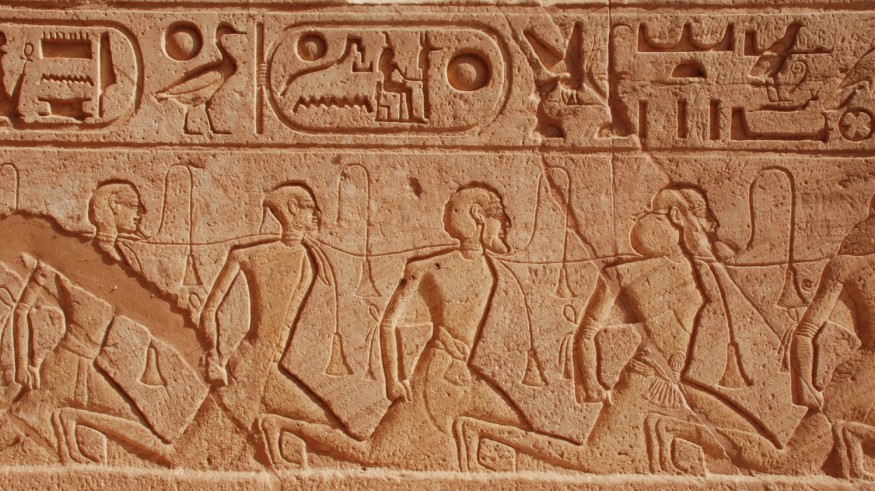Google's new AI-powered tool shows that pictogram symbols of yore were similar to the emojis people use today. It decodes ancient Egyptian hieroglyphics and lets anyone translate modern words and emojis into the symbols from 5,000 years ago.

For example, "LOL"- short for Laughing Out Loud- would have taken a lot more characters if it was spelled back in the days of the pharaohs. According to the platform, it could be written in a string of 12 that includes images of some birds and a lower leg.
Moreover, the face pal emoji used today looks like a guy head-planting. This makes the World Emoji Day Friday a lot more interesting.
Fabricius: Google's AI That Decodes Ancient Egyptian Hieroglyphics
The World Emoji Day is celebrated every July 17 to promote the use of emojis and spread the fun they bring to all its users.
On Wednesday, July 15, the Google Arts & Culture team released Fabricius- an artificial intelligence tool that decodes ancient Egyptian hieroglyphics. It was also the anniversary of the famed Rosetta Stone, from 196 BCE, that bears writing in three different scripts and considered the key in deciphering ancient Egyptian writing.
Google's Fabricius is an interactive tool that has three sections. One, it has the "Learn" section wherein users are taught the basics of the hieroglyphics. Two, the "Work" section lets users upload photos of real-life symbols from temple walls and artifacts.
Three, the "Play" section is where users get to play with words, phrases, and emojis to see what modern text message would have looked like back when tablets did not have power buttons. The messages are shareable on social media or via email.
However, Google warns that the generated hieroglyphics will not always reflect accurate translations of the modern messages or emojis.
"This experiment explores the potential for using machine learning to increase efficiencies in the translation of ancient languages and open new avenues for academic research," according to the Fabricius website.
Google said that this technology is the first digital tool for translating ancient languages like Egyptian hieroglyphics.
Read also : Will Artificial Intelligence Be Humankind's Messiah or Overlord, Is It Truly Needed in Our Civilization
Fabricius to Support Further Studies on Ancient Languages
Fabricius was created by Google in collaboration with the Australian Centre of Egyptology at Macquarie University, Psycle Interactive, and video game developer Ubisoft which has previously researched hieroglyphics for its new release of Assassin's Creed Origins that is set in ancient Egypt.
Google used a suite machine learning products or known as Google Cloud's AutoML, to make an AI model that can decipher hieroglyphics. However, Fabricius still cannot replace humans yet when it comes to an understanding of the context and variants of the hieroglyphics.
"While impressive, it is not yet at the point where it replaces the need for a highly trained expert in reading ancient inscriptions," said the senior lecturer in Egyptology Roland Enmarch of the University of Liverpool. "There remain some very big obstacles to reading hieroglyphs, because they are handcrafted and vary enormously over time in level of pictorial detail and between individual carvers/painters."
Fabricius is released as an open-source to support future research in the study of ancient languages. For the time being, it is an exciting exercise to translate smiley faces and other emojis into hieroglyphics in linguistic history.
Read also: AI May Also Need Sleep Just Like Humans After Long Hours of Unsupervised Learning: Here's Why
© 2026 ScienceTimes.com All rights reserved. Do not reproduce without permission. The window to the world of Science Times.











